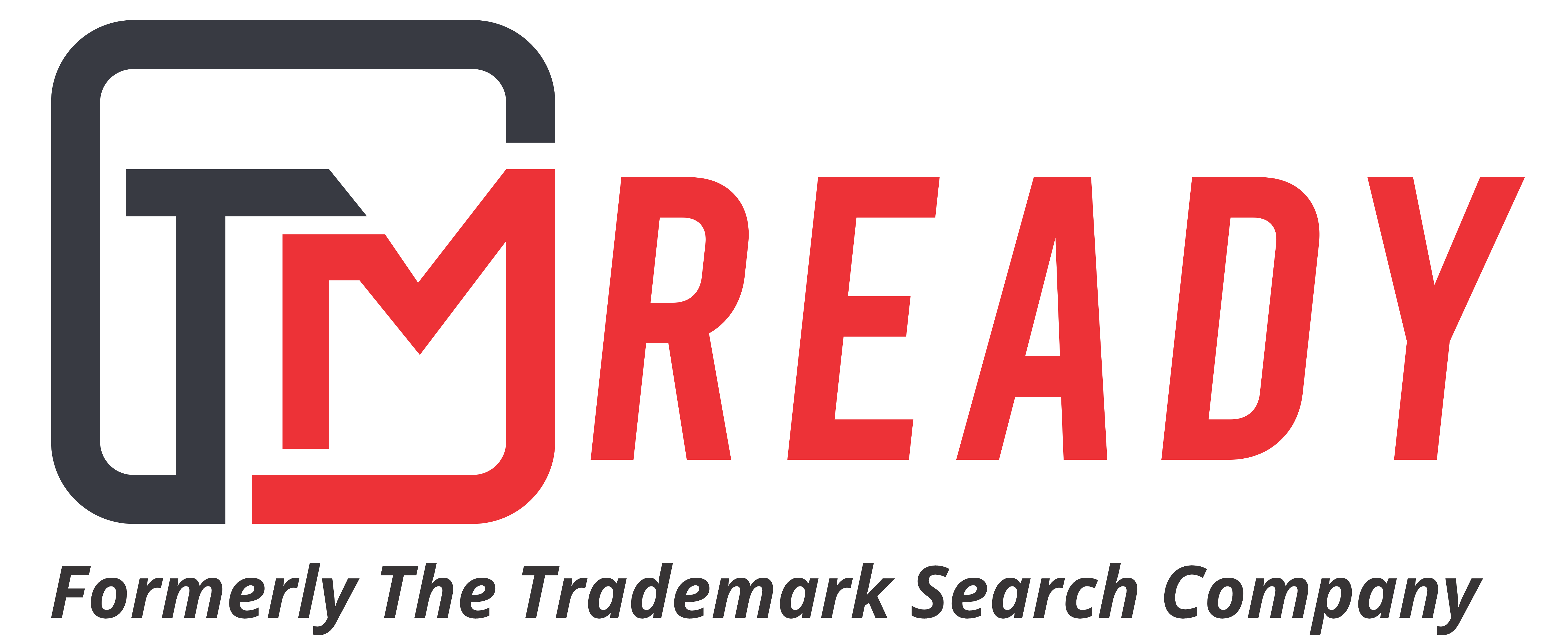Our Experience – Docketing & Paralegal
- The team has over 10+ years of experience in Trademark Docketing
- PTO and client specific documents – Process 100 Docketing & prepare 40 Paralegal documents
- Process all types of US, Foreign and Madrid Trademark documents
- Keeping track of all the communications which includes – Applicant to PTO & vice versa, Client to Agent & vice versa, Office Actions & their responses.
- Keeping track of deadlines for responding to PTO communications
- Sending reminders to client for upcoming deadlines
- Platform Agnostic – 3 weeks to Go Live on any system
Our Service Verticals
Filing
- Handling US filings.
- Liaisoning with the agents in case of foreign filings
- Preparation of TEAS Form.
- Filing of executed forms.
- Matter Creation
- Updating Matter
- Activity Creation
- Updating database
- Docketing up-coming Deadlines
- Sending Notifications
Search
Paralegals
On request of client, search:
- Word Mark
- Slogan
- Logo
Docketing
- Docketing office actions and response
- Publications
- Oppositions
Grant Renewal
- Preparation and Filing of Renewal Forms in case of US Matters.
- Sending out renewal instructions to associate in case of foreign matters.
- Grant/Allowance notification
- Grant/Allowance formality
- Docketing renewal deadlines
- Proof of use
Quality Approach
- Error opportunities identified for all types of documents
- All error opportunities further classified into Fatal (critical) and Non-fatal (non-critical) errors
- All documents categorized into Priority and Non Priority, based on – Deadline to be docketed, Clients priority.
- 100% Quality checking done for all the priority documents – constitutes 45% of total documents processed
- 35% of QC sampling done for all Non-Priority documents
- Defects per unit quality approach followed for reporting quality
Salient Features
TMReady (Formerly The Trademark Search Company) has a trained docketing and paralegal team providing services for over a decade and its paralegals have a combined experience of more than 10,00000 document processing and 3000 application filings for both corporates and law firms.
Paralegal and Docketing Process
- Domain and Subject matter expertise
- Customized deliverables in accordance to specific requirements
- Urgent Request Handling Capabilities with the ability to scale up/down as and when required
- Strict confidentiality measures always adhered to
- Unparalleled focus on Quality
- Trained paralegal team in managing daily work flow with an ability to handle ad-hoc requests in a timely, efficient, organized manner
Coverage
- Paralegal assistance can provide for multiple jurisdictions US, EP, IN, PCT, HK and many more)
- Careful review of PTO communication ensures nothing to miss out
- Foreign agent and direct client communications
Reporting Results
- Detailed Reporting with documents as filed and upcoming deadline
- Send timely reminders to attorney or client for any upcoming deadline
- Free Customization and Iteration till your Satisfaction
Pricing and Turn-Around
- Fixed Price and Custom Options to meet individual needs and budget
- Cost saving (30-40%)
- Quick Turn Around
